Understanding Hydraulic Reversing Valves
Hydraulic reversing valves are pivotal components in modern hydraulic systems, enabling the direction of fluid flow to be meticulously controlled and altered. These valves are essential for the operation of hydraulic machinery, allowing for the reversal of movement in hydraulic cylinders and motors. The precise operation of a hydraulic motor reversing valve is crucial for the functionality of equipment in industries such as construction, manufacturing, and agriculture.
Types and Features of Hydraulic Reversing Valves
There are various types of hydraulic reversing valves, each designed to meet specific system requirements. The hydraulic directional control valve is one such type, typically used to start, stop, and direct the flow of hydraulic fluid in a system. Another is the hydraulic solenoid valve, which uses an electromagnetic solenoid for the valve actuation, providing rapid and reliable switching of flow direction. Features such as spool type, actuation method, and port configuration are important considerations when selecting a valve for a hydraulic system.
Applications and Advantages
The application of hydraulic reversing valves spans across various machinery and systems. In mobile hydraulics, these valves are integral to the operation of equipment like excavators and forklifts. The advantage of using a hydraulic motor reversing valve lies in its ability to provide robust performance and precise control, which is essential for the safety and efficiency of heavy machinery. The durability and reliability of these valves also contribute to the overall longevity and reduced maintenance needs of the hydraulic systems they serve.
Materials and Construction
The construction of a hydraulic reversing valve involves materials that can withstand high pressures and corrosive fluids. Common materials include steel, cast iron, and stainless steel, each selected for its durability and compatibility with different hydraulic fluids. The internal components, such as the spool and seals, are engineered to provide a tight seal and smooth operation under varying conditions, ensuring that the valve performs consistently over time.
Selection Criteria
When choosing a hydraulic directional control valve, it is important to consider factors such as flow capacity, operating pressure, and the number of spool positions. The compatibility with the hydraulic fluid used and the environmental conditions in which the valve will operate are also critical. Suppliers on Alibaba.com offer a wide range of valves to suit diverse system requirements, ensuring that buyers can find the appropriate valve for their specific application without the concern of brand bias.
Integration with Hydraulic Systems
Integrating a hydraulic solenoid valve into a system requires understanding the electrical and fluid power schematics. These valves are designed for ease of installation within complex hydraulic circuits, providing the flexibility to be used in a variety of configurations. The correct installation and use of these valves are essential for the optimal performance of the hydraulic system, and buyers can select from a comprehensive collection of valves to meet their system's specifications.
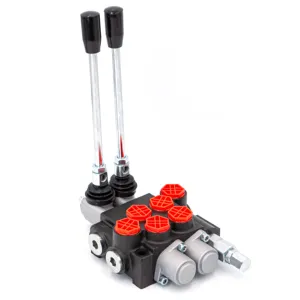






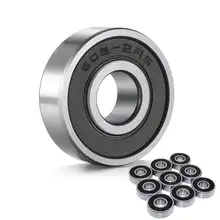
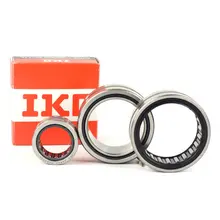
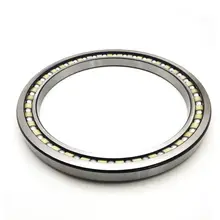
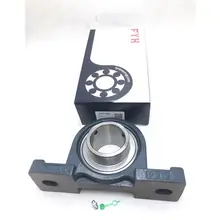
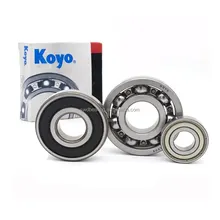



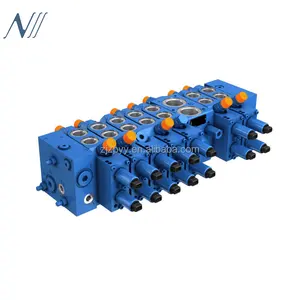
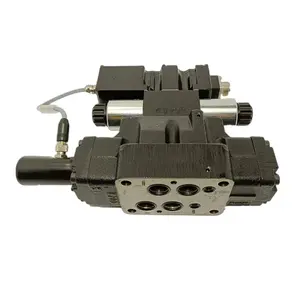
















 浙公网安备 33010002000092号
浙公网安备 33010002000092号 浙B2-20120091-4
浙B2-20120091-4